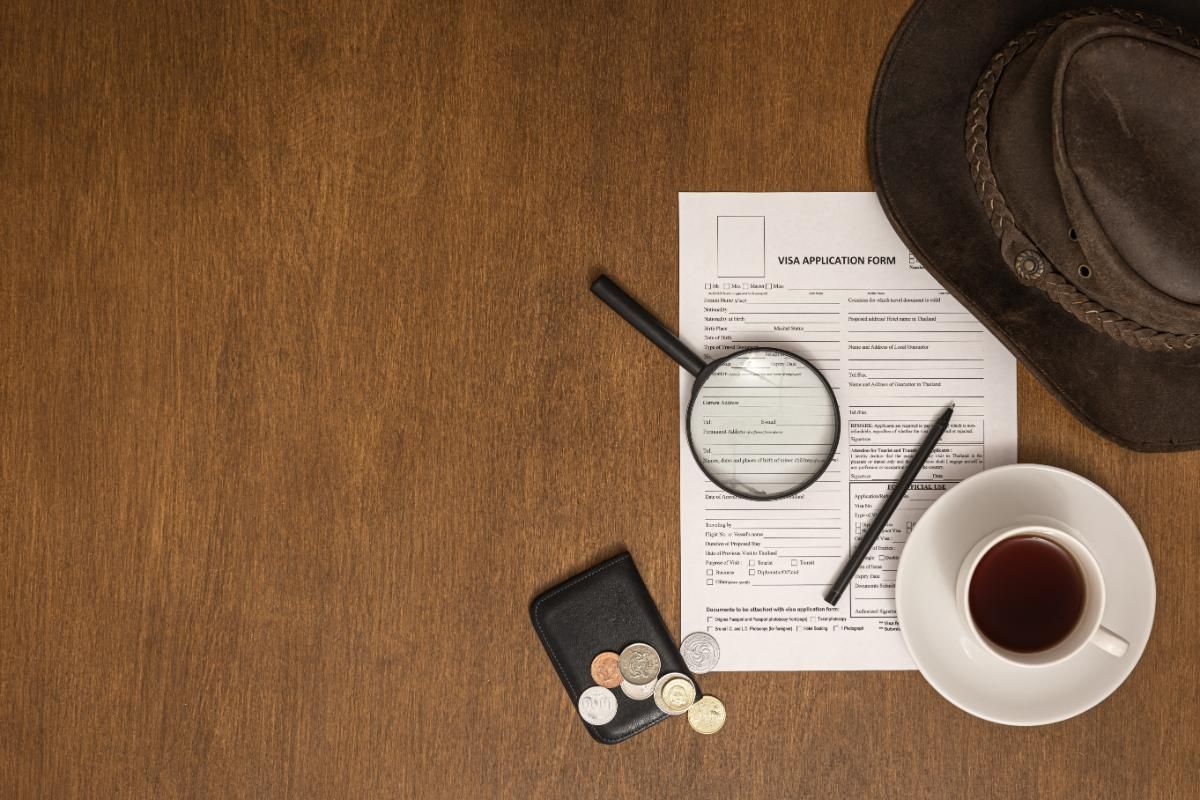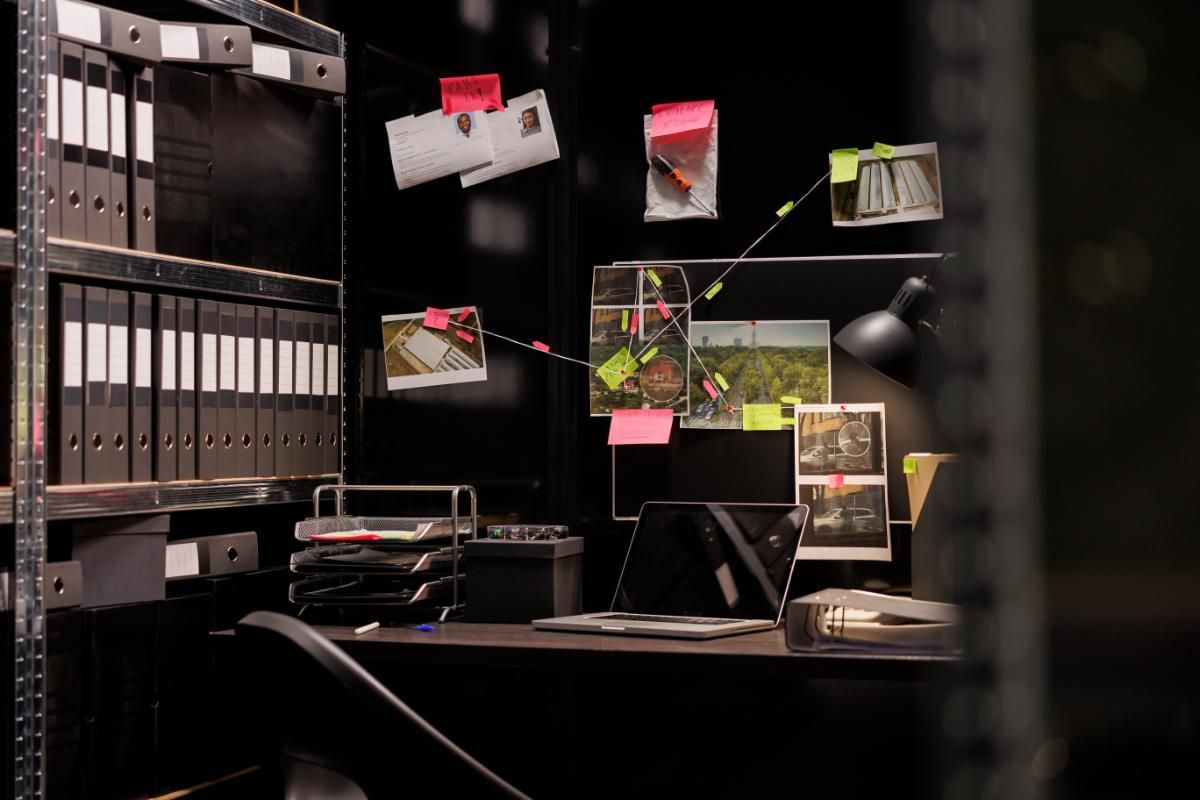Detect Bugging Devices: A Comprehensive Guide to Protecting Your Privacy
Concerned about your privacy? Suspect you're being monitored? Uncover hidden surveillance devices and protect your confidential information. This guide provides expert advice and practical steps to detect bugs, safeguard your privacy, and regain peace of mind.
Learn how to identify common hiding spots, recognize different types of listening devices, and take effective countermeasures. Whether you're involved in sensitive negotiations, legal disputes, or simply value your privacy, this information is crucial for protecting yourself and your business. Take control of your security today and learn how to detect if you're being bugged.
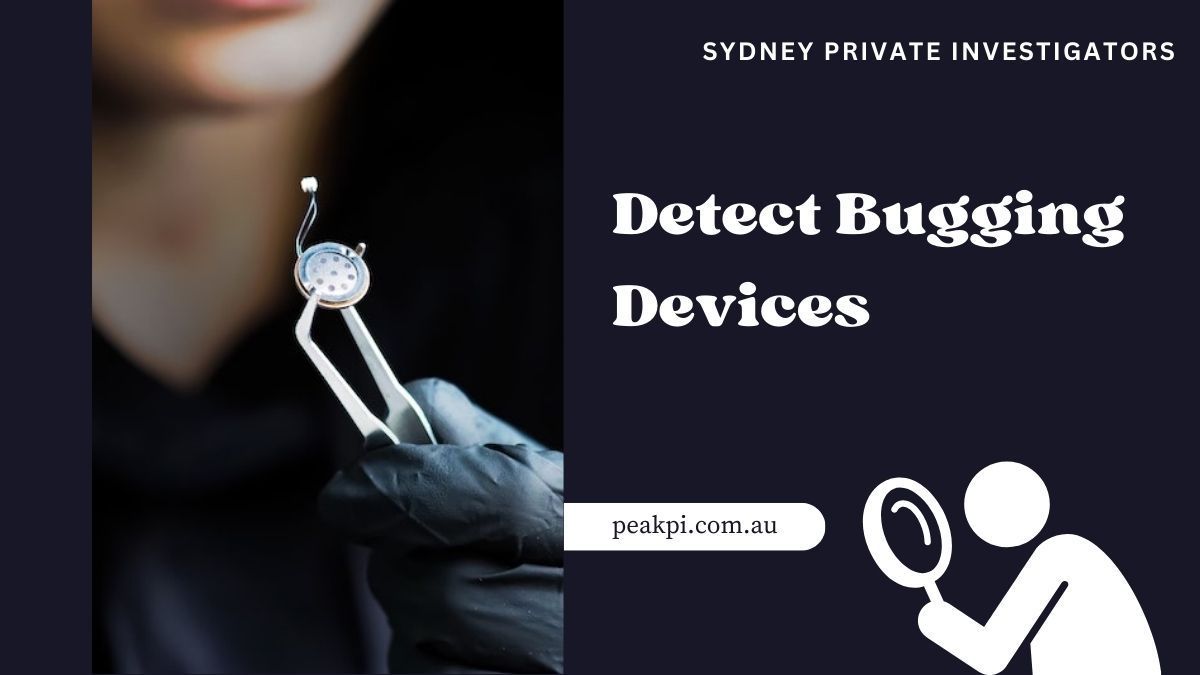
Understanding the Need for Bug Detection
In today's world, surveillance technology is readily available, making privacy invasion a growing concern. Understanding the motivations behind bugging is crucial for protecting yourself.
Corporate espionage, domestic disputes, stalking, and legal cases often involve covert surveillance to gain an advantage or gather information. These activities pose significant security risks, potentially compromising sensitive personal or business data.
Protecting confidential information is paramount, as undetected surveillance can lead to financial losses, reputational damage, and emotional distress. The potential consequences underscore the importance of proactive bug detection measures.
By taking steps to identify and neutralize hidden devices, you can safeguard your privacy and mitigate the risks associated with unauthorized surveillance.
Ignoring the possibility of being bugged can leave you vulnerable. Don't wait until it's too late – take proactive steps to ensure your privacy and security are protected.
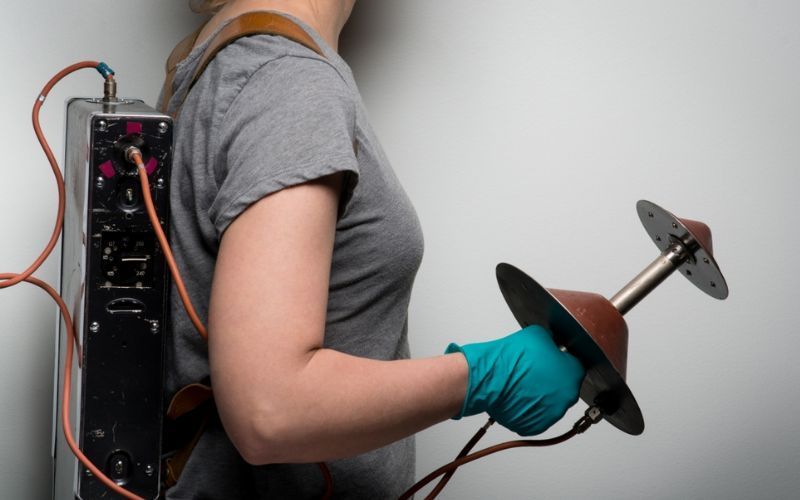
Signs You Might Be Bugged
Are you being watched or listened to? Recognizing the subtle signs of surveillance is crucial for early detection. Unusual activity around your home or office, such as unexplained appearances of vehicles or strangers, should raise suspicion. Pay attention to strange noises like buzzing, clicking, or static, especially from electronic devices.
Unexpected visitors or service calls, particularly if they seem overly inquisitive or don't have a legitimate reason for being there, could be a red flag. Be wary of unfamiliar devices or wires, especially those connected to your phone lines, electrical outlets, or internet network.
Even behavioral changes in pets, like sudden anxiety or barking at seemingly nothing, can indicate the presence of something unusual. Trust your instincts; if something feels off, it's worth investigating. Being observant of your surroundings and noticing any signs of tampering, like disturbed furniture or loose screws, can help you uncover hidden surveillance devices.
DIY Methods to Detect Bugging Devices
Take control of your privacy by conducting your own bug sweep. A thorough physical inspection is the first step. Begin with a visual search, meticulously examining your surroundings for anything out of place. Look for unusual objects, wires, or devices hidden in furniture, walls, or vents. Pay close attention to electrical outlets, light fixtures, and smoke detectors, as these are common hiding spots.
Next, conduct an auditory search. Listen for any unusual buzzing, clicking, or static sounds that could indicate the presence of a listening device. Utilize readily available tools to enhance your search. An RF (radio frequency) detector can help locate hidden cameras and microphones.
A metal detector can identify metallic objects hidden within walls or furniture. Use your phone as a detector, scanning the environment for unusual electromagnetic signals. Finally, explore listening device detector apps on your smartphone, which can analyze audio signals for anomalies. By combining these methods, you can significantly increase your chances of detecting hidden surveillance devices.
Visual Inspection Techniques
A meticulous visual inspection is crucial for uncovering hidden cameras and other surveillance devices. Start by looking for anything out of place: unusual objects, wires, or small holes in walls, furniture, or ceilings.
Pay close attention to common hiding spots like smoke detectors, clocks, lamps, and bookshelves. Look for signs of tampering, such as screws that appear loose or freshly painted areas that don't match the surroundings. Discoloration on walls or ceilings might indicate recent modifications where a device could be concealed.
Auditory Detection Methods
Creating a quiet environment is essential for effective auditory detection. Turn off all electronic devices and listen for any unusual sounds. Buzzing, clicking, static interference, or faint high-pitched whines can indicate the presence of a listening device.
Pay attention to unusual silence or white noise emanating from electronic devices, as these could mask a hidden microphone. Trust your ears; even subtle, intermittent sounds should be investigated.
H3: Using Technology for Bug Detection
Specialized tools can significantly enhance your bug detection efforts. RF detectors identify radio frequency signals emitted by hidden cameras and microphones. Signal strength and frequency analysis can help pinpoint the device's location.
Metal detectors can locate metallic components of hidden devices concealed within walls or furniture. Radio frequency scanners provide a broader sweep of the radio spectrum, detecting a wider range of devices. Hidden camera finder apps use your smartphone's camera to detect the lens reflections of hidden cameras.
While these tools are valuable, they have limitations, and a comprehensive approach combining various methods is recommended.
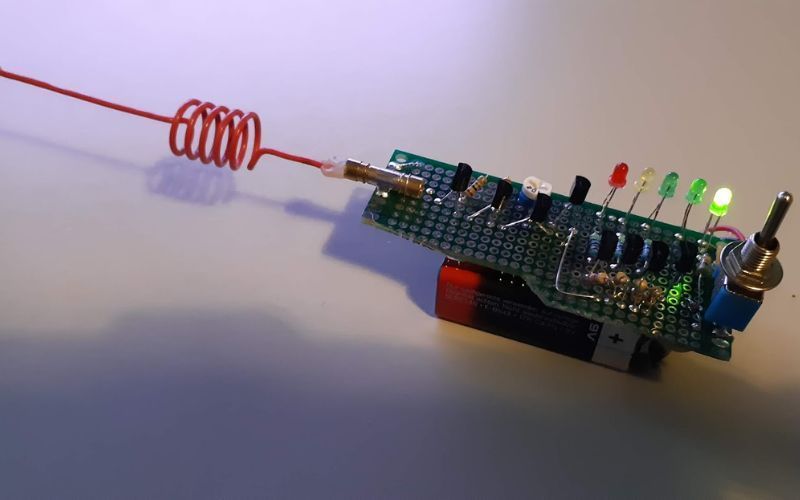
Professional Bug Sweeping Services
While DIY methods can be helpful, professional bug sweeping services offer a more comprehensive and reliable solution. TSCM (Technical Surveillance Countermeasures) experts possess the specialized knowledge, skills, and equipment to detect even the most sophisticated surveillance devices.
Professional investigators utilize advanced tools like spectrum analyzers, nonlinear junction detectors, and thermal imaging cameras to uncover hidden cameras, microphones, and GPS trackers.
The benefits of professional detection extend beyond superior equipment. Experts understand the latest surveillance technologies and tactics, enabling them to identify hidden devices that might be missed by untrained individuals.
A professional bug sweep provides peace of mind, ensuring that your privacy is fully protected. The cost of bug sweeping varies depending on the size of the area, the complexity of the search, and the suspected level of surveillance. While it represents an investment, the potential consequences of undetected surveillance can far outweigh the cost of professional services.
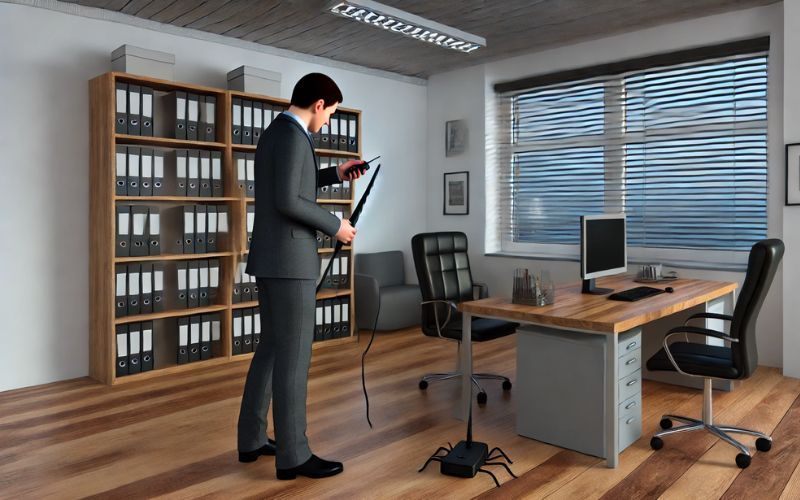
Preventing Future Bugging
Preventing future bugging incidents requires a proactive approach to security. Implement strong physical security measures, such as robust locks, alarms, and surveillance cameras. Secure your Wi-Fi network with a strong password and enable encryption. Regularly update the firmware of your smart devices and disable any unnecessary features that could be exploited for surveillance.
Restricting physical access to sensitive areas through access control systems, keycard entry, or security personnel can significantly deter unauthorized entry and potential bugging attempts.
Cybersecurity is equally important. Use strong passwords and two-factor authentication for all your online accounts. Be cautious about clicking on suspicious links or downloading attachments from unknown sources.
Regularly scan your devices for malware and spyware. Finally, conducting periodic security checks, including visual inspections and utilizing bug detection tools, can help identify any new surveillance devices that might have been planted. By adopting these proactive measures, you can significantly reduce the risk of future bugging incidents and protect your privacy.
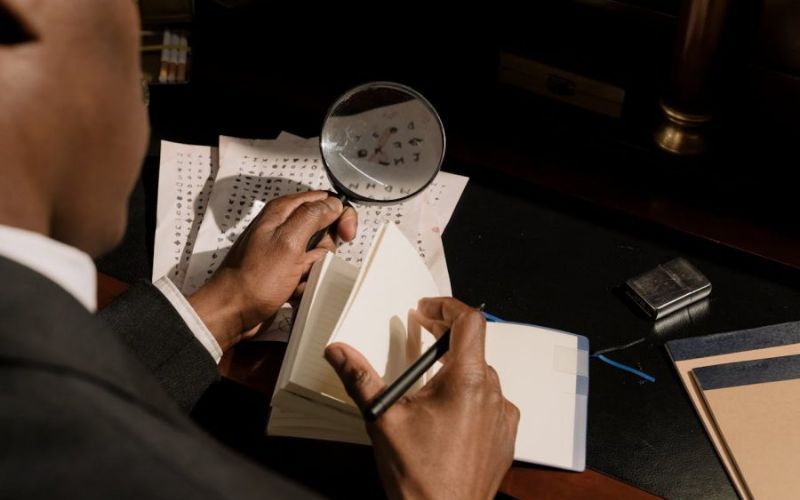
FAQs about Bugging Devices
How much does it cost to have a professional sweep for bugs?
The cost of a professional bug sweep varies depending on several factors. The size of the area to be swept is a primary consideration, as larger spaces require more time and resources.
The complexity of the sweep also plays a role. A standard sweep of a home or office might be less expensive than a specialized sweep targeting specific types of devices or a complex environment with multiple potential hiding spots. Suspected levels of sophisticated surveillance also affect pricing.
While a general price range can be difficult to provide without specific details, expect to invest several hundred to several thousand dollars for a comprehensive professional bug sweep. Obtaining quotes from reputable TSCM providers is recommended to get a precise estimate based on your individual needs.
Is it legal to detect bugging devices in my own home/office?
In Australia, detecting bugging devices in your own home or office is generally legal, particularly if you have a reasonable suspicion of being surveilled. However, it's crucial to avoid intercepting communications that you are not a party to, as this could breach privacy laws. If you're unsure about the legality of specific detection methods, consulting with a legal professional is recommended.
What type of equipment do professionals use to detect bugs?
TSCM specialists utilize a range of advanced equipment. Spectrum analyzers detect radio frequency signals emitted by bugs. Nonlinear junction detectors locate hidden electronics, even when turned off. Thermal imaging cameras identify heat signatures from active devices. These tools, combined with expert knowledge, allow professionals to detect a wide variety of bugging devices.
How long does a bug sweep typically take?
The duration of a bug sweep depends on the size of the property and the complexity of the suspected surveillance. A small apartment might take a few hours, while a large office building could require a full day. The level of detail involved also influences the timeframe, with more thorough sweeps taking longer.
What should I do if I find a bugging device?
If you discover a bugging device, it's crucial to document everything. Take photographs and videos of the device and its location without disturbing it. Do not attempt to dismantle or operate the device. Contact law enforcement if you suspect criminal activity. Seek legal counsel to understand your rights and options for pursuing legal action. Preserving the device and related evidence is essential for any potential investigation or legal proceedings.
Sydney Private Investigators - Providing Services for Bug Detection
Sydney Private Investigators are leaders in professional bug detection services. With years of experience and expertise in TSCM, our team utilizes cutting-edge technology to uncover hidden surveillance devices and protect your privacy. We employ a range of advanced equipment, including spectrum analyzers, nonlinear junction detectors, and thermal imaging cameras, to identify even the most sophisticated bugs.
Our commitment to client confidentiality is paramount. We understand the sensitive nature of these investigations and ensure discretion throughout the entire process. For a free, no-obligation consultation, contact us today. Our team is available to discuss your concerns, assess your needs, and provide tailored solutions to safeguard your privacy and security.
- Phone number: 0401036356
- Email: constellation2401@gmail.com
- Website:
https://peakpi.com.au/
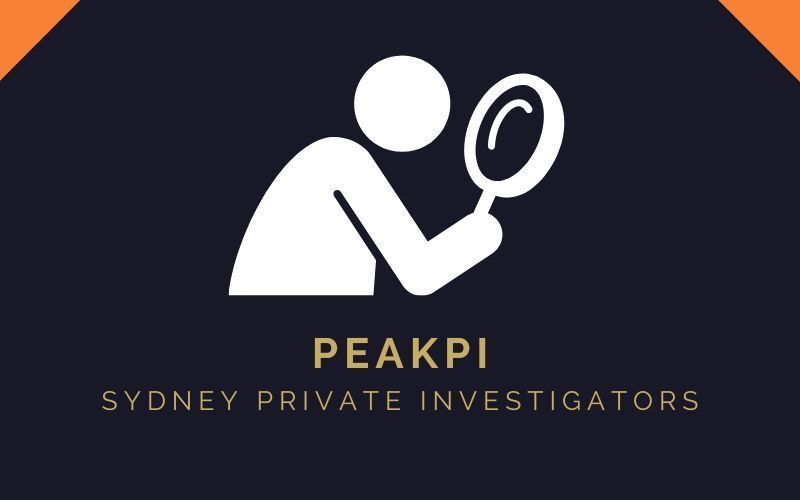
Read More:
- Process Service Sydney | Fast & Reliable | Peakpi
- Detect Hidden Cameras & Listening Devices: A Comprehensive Guide
- Detect Hidden Cameras & Listening Devices: A Comprehensive Guide
In today's interconnected world, protecting your privacy and security requires vigilance and proactive measures. Regularly assessing your surroundings, recognizing potential signs of surveillance, and utilizing appropriate bug detection tools are crucial for safeguarding your confidential information.
Whether you choose DIY methods or enlist the help of professionals, taking action is paramount. Remember, peace of mind comes from knowing your privacy is protected. If you suspect you're being bugged or need expert assistance, Sydney Private Investigators are here to help. Our team of experienced professionals provides comprehensive bug detection services, ensuring your privacy and security are in expert hands. Don't wait until it's too late—take control of your privacy today.
